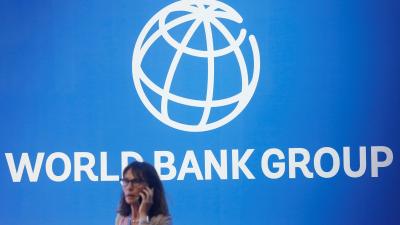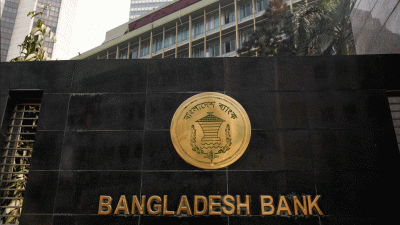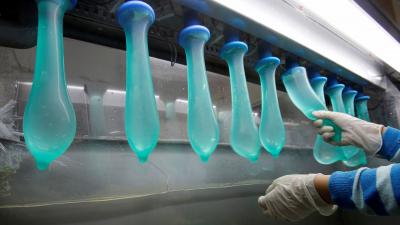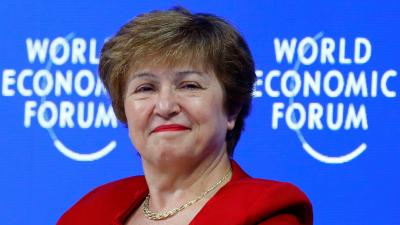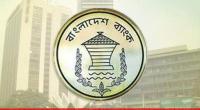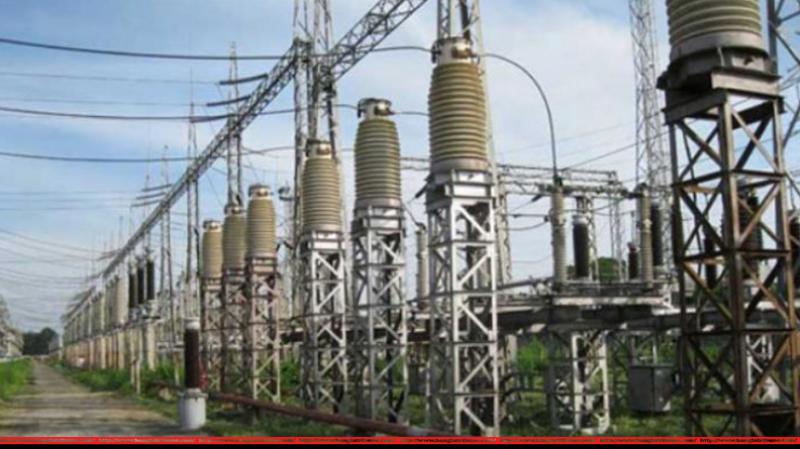 Bangladesh’s power generation capacity has grown by two and half times in the last eight years, but the country is yet to bring its entire population under electricity coverage.
Bangladesh’s power generation capacity has grown by two and half times in the last eight years, but the country is yet to bring its entire population under electricity coverage.
With efforts to raise investment, both local and foreign, through setting up more than 100 economic zones, Bangladesh’s electricity demand will shoot up in the coming years.
In an effort to address the issue, Bangladesh plans to import as much as 9,000 megawatt (MW) of power from its four neighbours— India, Nepal, Bhutan and Myanmar by 2041, according to officials.
Sources at the Power Division say, Bangladesh is interested in investing in hydropower projects in the neighbouring countries and Prime Minister Sheikh Hasina has already approved a fund of $1 billion for it.
Bangladesh has opened talks with Nepal, Bhutan and India. The country is also set to buy power from a joint venture plant, which is now being constructed in India.
The government’s Power Cell says that a long-term plan has been initiated to import power.
“It will also strengthen trade relations with the countries,” Power Cell Director General Mohammad Hossain told Bangla Tribune.
Bangladesh plans to raise its power import to 12000MW by 2020.
According to sources, power import will stand at 2000MW by 2021 and rise by 500MW in the next five years.
The government targets to import 5000MW by 2030 and to raise to 7000MW in 2035 to gradually reach 9000MW by 2041.
An official of the government’s Power Development Board said Bangladesh is set to invest in the 1,125MW Kuri-1 hydropower project in Bhutan.
Dhaka also wants to invest in at least four other hydropower projects and has tasked the Japan International Cooperation Agency (JICA) for a feasibility study, added the official.
According to the Power Division, talks for importing 500MW power from a GMR-implemented project in Bhutan are at its final stages.
Officials are also assessing the import of 40,000MW of hydropower from Myanmar.
Bangladesh's power generation capacity touched the 10,000MW mark for the first time in March this year, according to the Power Development Board or PBD.
Bangladesh now has 108 power plants, up from 27 in 2009, when the Hasina-led administration took office.
During its consecutive two terms of eight years, power generation capacity rose to 15,351MW from 4,942MW.
At least 80 percent of the population is now under electricity coverage, rising from 47 percent in 2009.
 Business
Business
41413 hour(s) 59 minute(s) ago ;
Morning 08:53 ; Tuesday ; Jul 08, 2025
Bangladesh plans to buy 9,000MW power from four neighbours by 2041
Send
Shanchita Shitu
Published : 20:03, Apr 08, 2018 | Updated : 20:06, Apr 08, 2018
Published : 20:03, Apr 08, 2018 | Updated : 20:06, Apr 08, 2018
0 ...0 ...
/SNS/TN//ZMI/up-PDN/
Topics: Top Stories
- KOICA donates medical supplies to BSMMU
- 5 more flights to take back British nationals to London
- Covid19: Rajarbagh, Mohammadpur worst affected
- Momen joins UN solidarity song over COVID-19 combat
- Covid-19: OIC to hold special meeting
- WFP begins food distribution in Cox’s Bazar
- WFP begins food distribution in Cox’s Bazar
- 290 return home to Australia
- Third charter flight for US citizens to return home
- Dhaka proposes to postpone D8 Summit
Unauthorized use of news, image, information, etc published by Bangla Tribune is punishable by copyright law. Appropriate legal steps will be taken by the management against any person or body that infringes those laws.
Bangla Tribune is one of the most revered online newspapers in Bangladesh, due to its reputation of neutral coverage and incisive analysis.
F R Tower, 8/C Panthapath, Shukrabad, Dhaka-1207 | Phone: 58151324; 58151326, Fax: 58151329 | Mob: 01730794527, 01730794528

